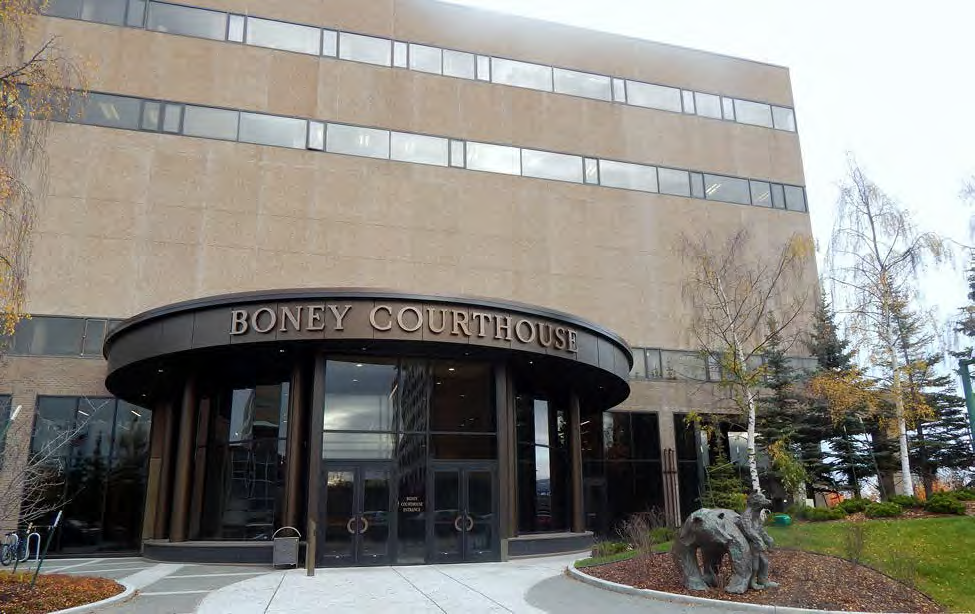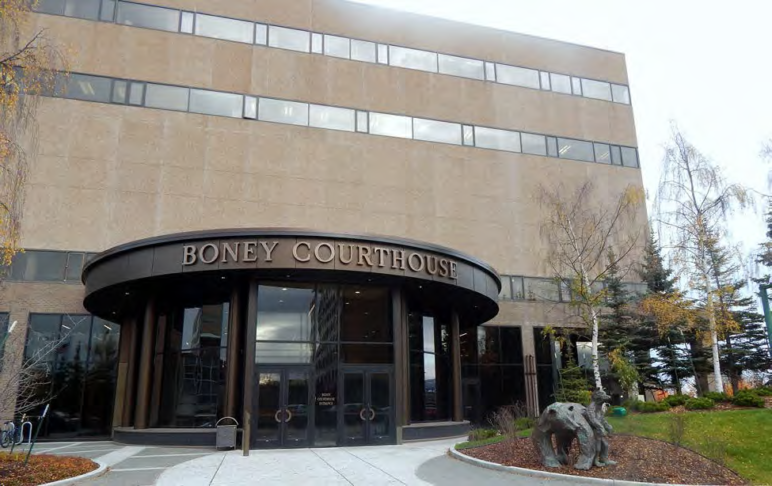Alaska’s new election system has definitively survived its first court challenge, clearing the way for the 2022 midterms to take place using open primaries and a ranked choice general election. The state Supreme Court on Wednesday affirmed a lower court ruling that the election reforms, approved by voters in 2020, do not violate the state constitution.
Primaries in Alaska, and elsewhere, are often are decided by a sliver of extremely active and highly partisan voters who don’t represent the views of the electorate as a whole. And in general elections, it’s not unusual for key races to go to candidates who win because of “spoiler”/third-party candidates splitting the ticket. The combination of open primaries with a ranked choice general election is intended to allow Alaskans, a large share of whom are independent voters, to elect candidates that more accurately represent their political values.
The ruling makes life a little easier for election officials. Since passage of the initiative, known as Ballot Measure 2, the Alaska Division of Elections has been designing new ballots, holding mock elections on social media, and making other preparations for the new system. The court decision removes the possibility of having to backtrack before the 2022 elections. It also allows community groups and candidates to further define their election outreach strategies and be more aggressive in allocating staff time and funding to public education efforts.
Political parties still have a role in the process
In the primaries, Alaska’s political parties will no longer hold separate nominating contests. Instead, voters will choose one favorite from a list of all the candidates running for a particular office. The top four candidates in that race, regardless of party affiliation, then advance to a ranked choice general election. Open primaries and ranked choice voting will apply to the races for governor, US Congress, and the Legislature. Since the state doesn’t run presidential primaries, the parties will still manage the nominating process for president and vice president, with voters then ranking the White House candidates in the general election.
Both major political parties have spoken out against the new system, arguing it will undermine their roles in elections. But neither the Republican nor Democratic parties took part in the suit. (The reforms also have ample support among influential members in both parties.)
The plaintiffs were Scott Kohlhaas, The Alaskan Independence Party,1 Robert Bird, and Kenneth Jacobus, who also served as their attorney. Alaskans for Better Elections, which led the campaign last year in support of Ballot Measure 2, and the State of Alaska defended the suit.
The top-four open primary figured heavily in oral arguments on Tuesday.
Jacobus argued the new open primary system will “create chaos,” infringe on the right of political parties to choose their own nominees, and force them to associate with candidates they don’t support.
Laura Fox, an attorney for the state, correctly pointed out that political parties are still free to support “whatever candidates they want, in whatever manner they want” and “can campaign for and against candidates, as they please.” Party registration information for each candidate will appear on both the primary and general election ballots, but voters understand that just because a candidate has registered with a party “doesn’t mean the party likes you back,” Fox said.
Fox seemed to be echoing an opinion by Supreme Court Justice Clarence Thomas, who argued, “There is simply no basis to presume that a well-informed electorate will interpret a candidate’s party-preference designation to mean that the candidate is the party’s chosen nominee.” Political parties in Washington State—Republicans, Democrats, and Libertarians—had similarly objected to candidates in state primaries being able to choose their own party labels without the consent of the parties themselves. The federal district court and the Ninth Circuit Court of Appeals agreed. But in 2008, the United States Supreme Court voted 7-2 to reverse the Ninth Circuit and Thomas wrote the majority opinion.2
Fox also said the new system still allows parties to run a nomination process. A key difference would be that the winners would land on the open primary ballot as party-endorsed candidates rather than on the general election ballot. Should political parties take this route, they could theoretically select nominees using whatever process they prefer. (How about a nominating process based on the Alaskan high kick, an Alaska State Fair-inspired Rat Race, or a pho challenge?)
The point is that the major parties will still have plenty of money and clout. They just may need to think a little differently about how to make sure their candidates win.
More court challenges could follow
Since the new reforms have yet to be applied to an election, the plaintiffs had little more than speculation to go on and simply could not show Ballot Measure 2 was unconstitutional, as detailed in the Alaska Superior Court decision to uphold the new system. The Alaska Supreme Court will release an opinion explaining its agreement with the lower court ruling at a later date.
So far, Alaska appears to have avoided the onerous, well-funded lawsuits that cropped up in Maine following adoption of that state’s ranked choice voting system.
“We’re overwhelmingly excited,” attorney Scott Kendall, who represents Alaskans for Better Elections, told Alaska’s News Source. “Now, there’s nothing standing between us and the utilization of a new election system in August and November.”
But that doesn’t mean more lawsuits won’t crop up in the future. Kendall told the Anchorage Daily News he thinks it is “very likely” a losing candidate in the 2022 election will sue the state. In Maine, Rep. Bruce Poliquin, a Republican, sued Maine’s secretary of state during the ballot counting process over the constitutionality of the ranked choice system. Poliquin was unsuccessful.










